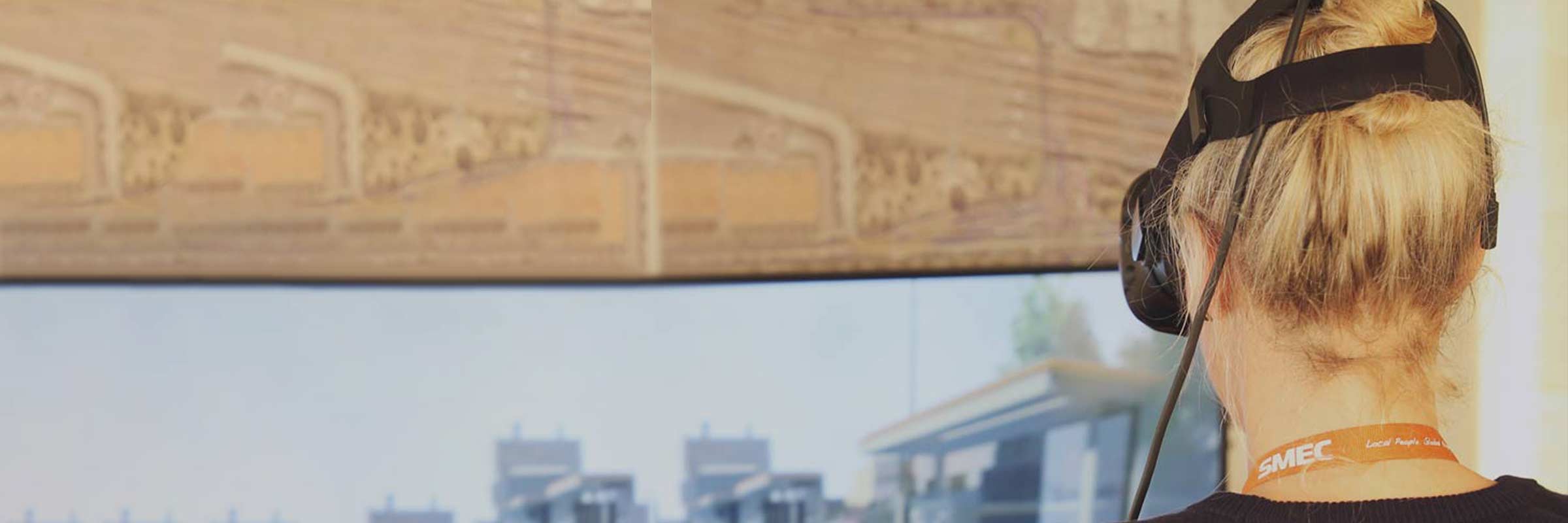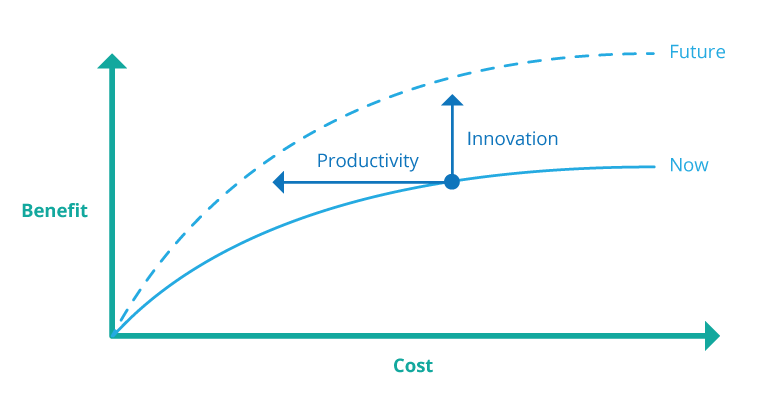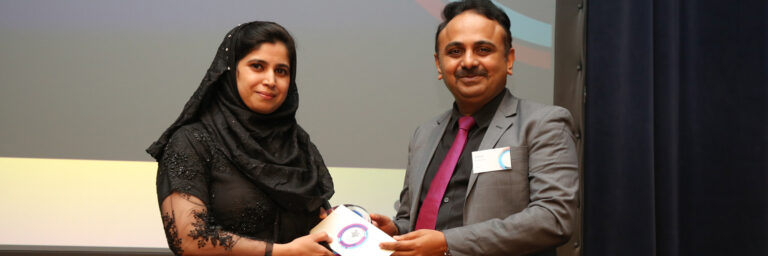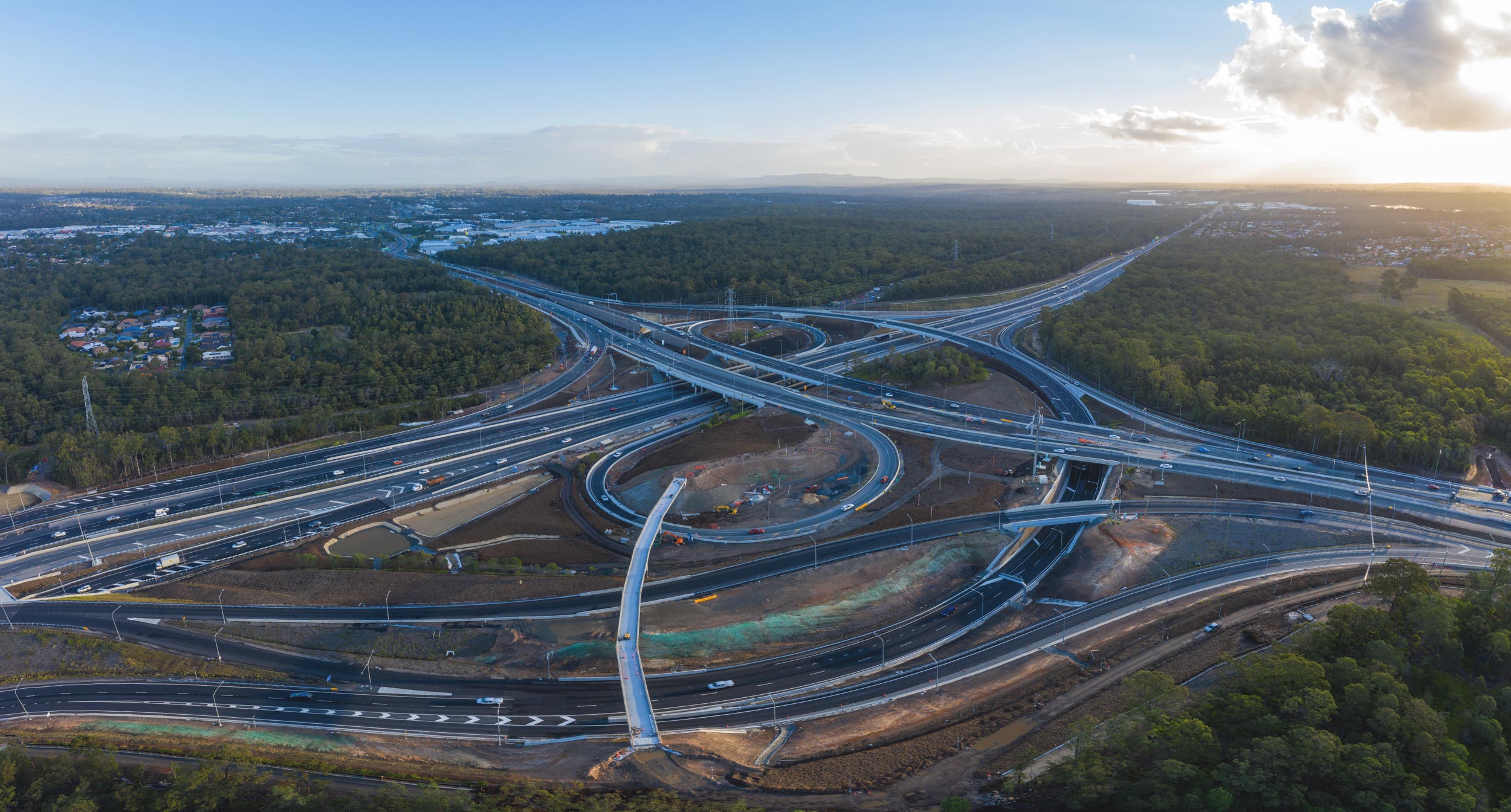
Here I define productivity as anything that provides the same benefit at a reduced cost and innovation as something that provides greater benefit for a given cost.
Innovation requires vision, an ability to risk investment on non-proven outcomes and time to realise the benefits, yet it provides a short half-life before one’s competitors catch up. Many consulting organisations do not embrace innovation because they are not willing to risk losing money on developing an idea that might give them industry leadership for a year to 18 months.
Innovative ideas are often spawned at Universities which then get commercialised over time. Some examples are the various geotechnical software that was developed at the University of Sydney in the 1970s to the 1990s, the 15 noded isoparametric finite element used in commercial Plaxis software developed by Prof. Scott Sloan at the University of Newcastle and various offshore anchorage solutions developed by the Centre for Offshore Foundation Systems at the University of Western Australia. Close collaboration between industry and universities is a great way to identify potential commercial uses of research and then the challenge is to help fund development of those ideas into production.
Innovative ideas are often spawned at Universities which then get commercialised over time.
In the geotechnical group we collaborate closely with Universities. At the University of Wollongong we are currently supporting research into mud pumping on rail lines and the new ARC Training Centre for Advanced Technologies in Rail Track Infrastructure. At the University of Technology, Sydney, we are supporting research into ground improvement and are closely associated with the Centre of Excellence for Geotechnical Science and Engineering at the University of Newcastle. In addition, our staff regularly lecture at Queensland University of Technology, Monash University and universities throughout Adelaide.
Productivity enhancements often follows innovation. Productivity gains are much easier to realise once someone has done the hard work of developing an innovative idea. In my working lifetime email, the desktop PC and mobile devices are examples of productivity enhancements now ubiquitous. Soon, Virtual Reality (VR) and Building Information Modelling (BIM) will become standard practice in the engineering industry and these technological advances will improve productivity in the workplace, while offshoring has become a common way of reducing design cost.
I believe that we should always find the best way to help our clients achieve their goals, and we can do this through creative thinking. At SMEC, we encourage our people to be thinkers and to do things differently. Our innovation program helps to foster a forward-thinking culture, where ideas can be developed and day to day challenges solved. By applying smart thinking with emerging technologies, we can create new, tangible products that add value and benefit our clients.
Related
insights
 An engaging and entrepreneurial spirit leads to SMEC
An engaging and entrepreneurial spirit leads to SMEC
A career path leading to SMEC is often a diverse one – that was certainly true for Libby Paholski.







